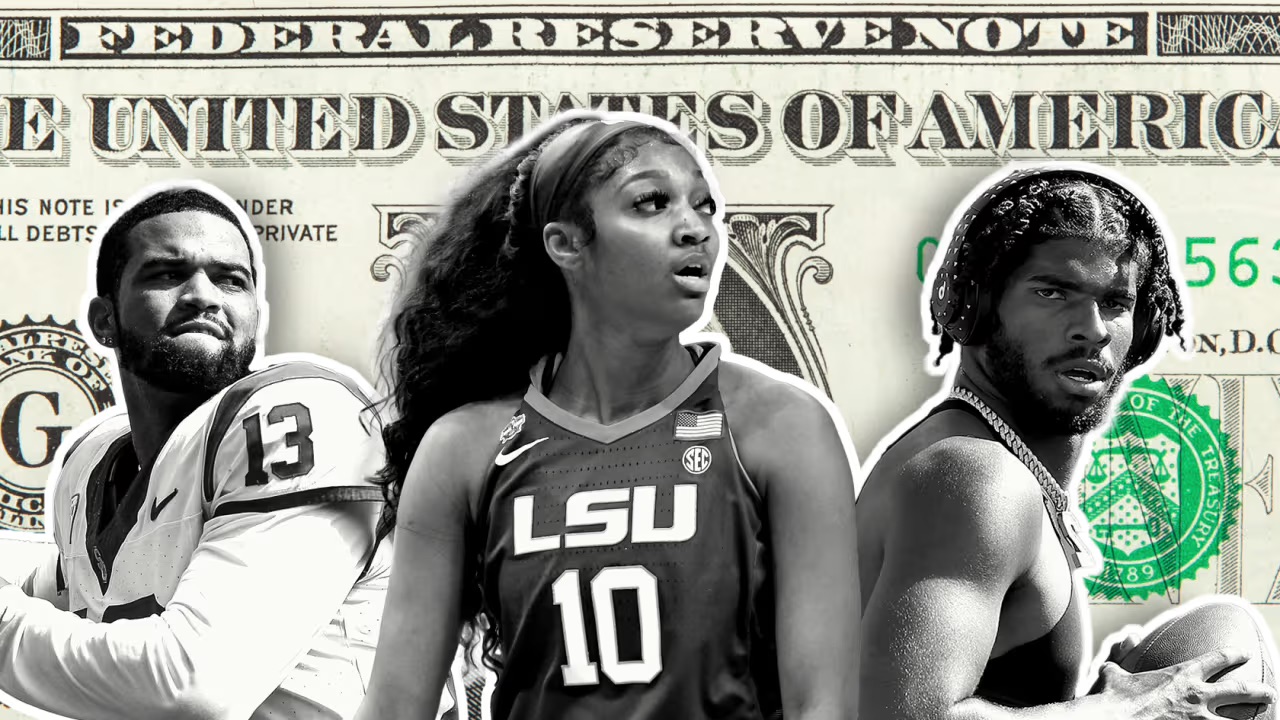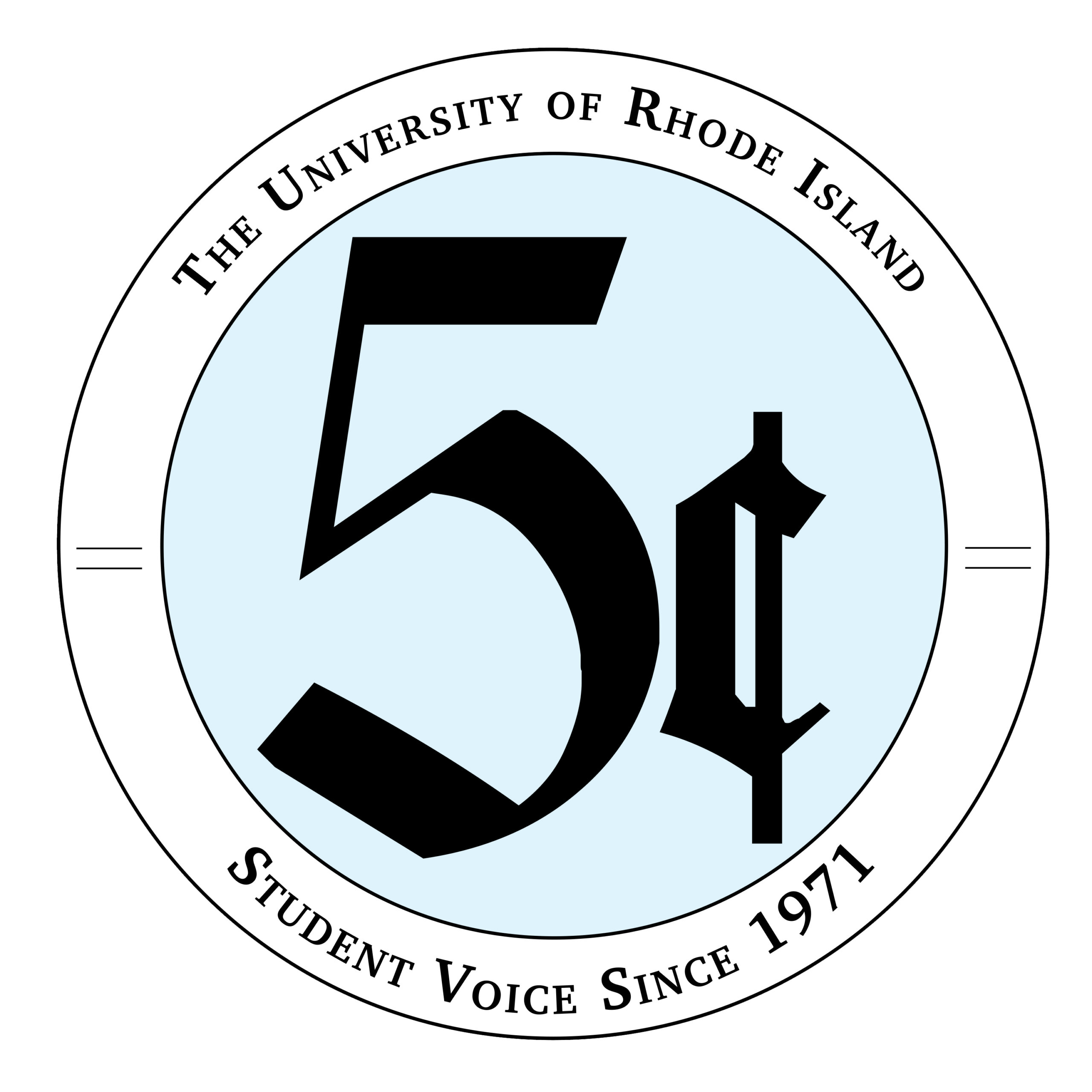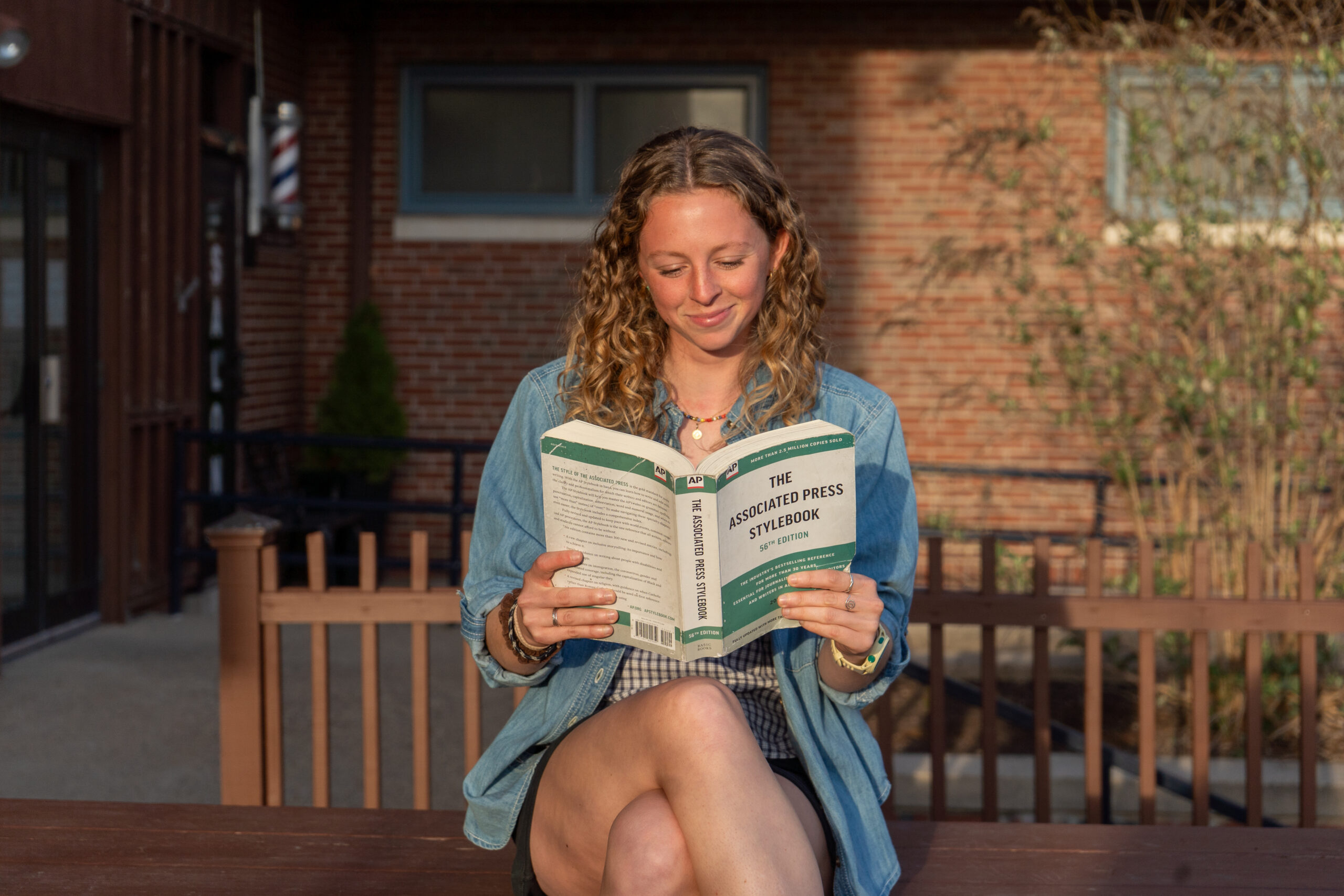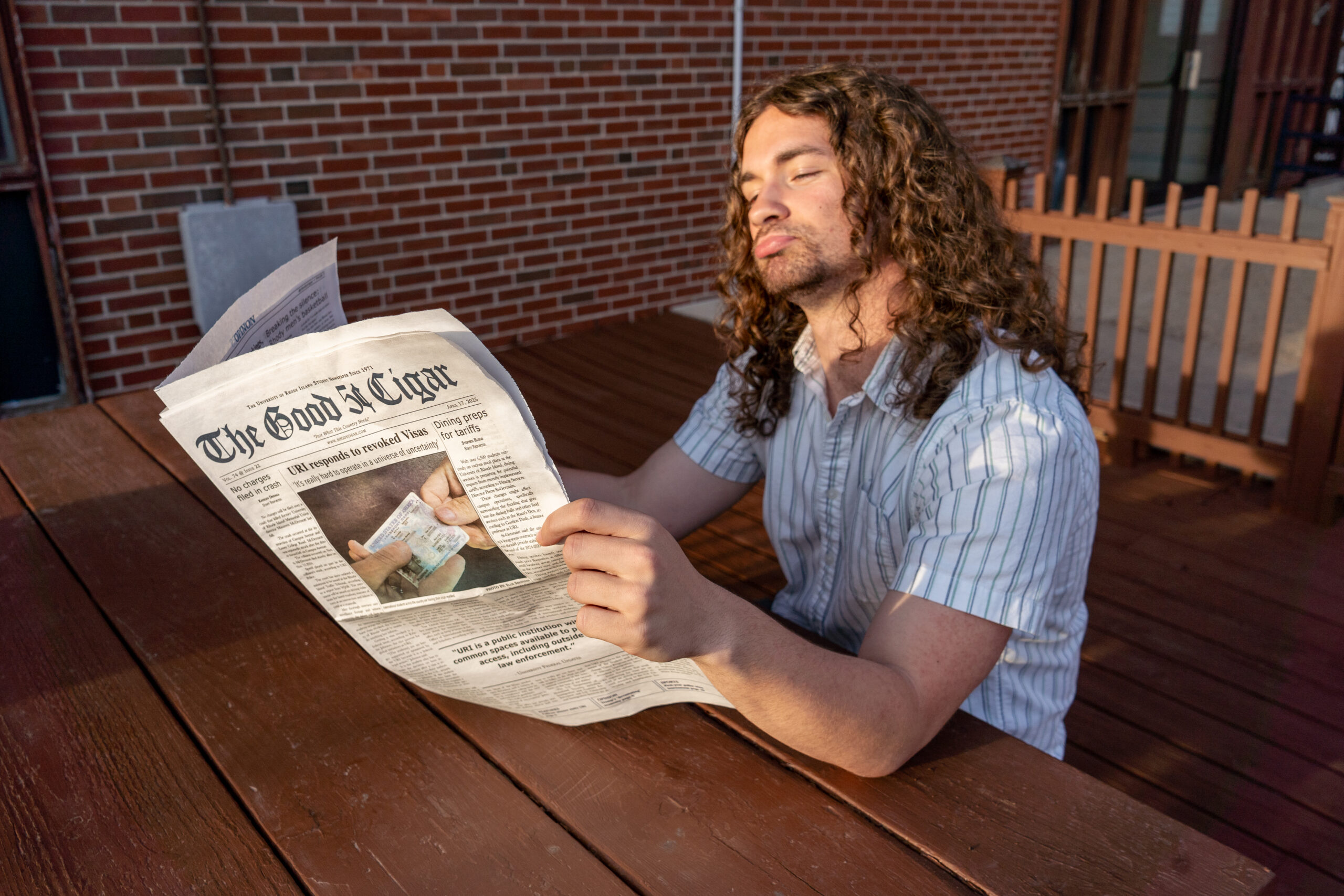NIL, which stands for Name, Image and Likeness, has forever changed the college sports landscape by causing colleges to pour more money into programs as well as giving college athletes the most power they have ever held since the inception of college sports.
For those unfamiliar with NIL, it refers to a person’s legal right to control how their image is used, including commercially, according to ESPN. In layman’s terms, it means the rights for an athlete to make money while playing a college sport often translated in the form of sponsorships or just straight money. It is overseen by the school policies and state laws of each specific university. Athletes often need to receive business advice or training before entering into deals, and in some cases, they may be restricted from promoting certain products. State laws mainly aim to prevent NIL deals from being used as recruitment incentives. While schools are prohibited from paying students directly, some states have unclear regulations about how much involvement a school’s booster club can have.
This brings me to my whole reason for writing this. Aaliyah Chavez, the number one recruit in the class of 2025 for women’s basketball, just recently committed to the University of Oklahoma, receiving $1.5 million in NIL money according to Athlon Sports. She is from Texas, and many believed she would go and play for Texas Tech University or the University of Texas (who recently made the Final Four of the women’s March Madness tournament), where she would have a real shot at playing next season, even potentially making the starting lineup. Oklahoma finished fourth in its conference this year and University of Texas went undefeated, winning its conference title.
You may be thinking, ‘well, she just wants some playing time, you know?’ Okay, let’s look at the top recruit on the men’s side. AJ Dybansta is the number one recruit in the class of 2025 for men’s basketball and is committed to Brigham Young University reportedly for $7 million in NIL money according to Forbes. “You’re not going to outbid us,” said Paul Liljenquist, the CEO of Focus Services, a $500 million company based in Utah and one of BYU’s most active boosters, according to ESPN. The basketball world was stunned when Dybansta (a Black, non-Mormon kid from Boston) chose a private, predominantly white, Mormon school in the mountains of Utah.
Let’s take a look at professional athletes. They get paid to play for whichever team holds their contract no matter what. They don’t, or rather can’t, afford to stay loyal to an organization like college athletes can since pro athletes are able to be traded by their organizations.
College athletes are a different conversation. It is understandable to have to transfer schools due to a family emergency. Hey man, things happen. Transfer to get more playing time? At least they tried to make it work there first. But to transfer or commit to the team with the highest bidding booster? That breaks the illusion that the young men and women wearing their colors love the university as much as we do. It weakens the emotional connection between fan and player and decreases fan engagement. You may think I’m being overdramatic, but look at Isaiah Wong. Wong was a basketball player for University of Miami who threatened to transfer if his NIL deal wasn’t increased (in response to the NIL deal that Nijel Peck received after transferring to Miami) according to ESPN.
From 2010 to 2022, only 43 different schools have appeared in the top 25 of 247 Sports Recruiting Ratings for college football. 13 schools have appeared in the top 25 every year since 2010, and 20 have appeared at least 10 times. That’s why Baylor University, who has cracked the top 25 in recruitment rankings for football only once since 2010, has won three Big 12 Conference Championships, while Texas, who has been in the top 25 every year since 2010, hasn’t won any in that time frame.
Despite this, there remains a clear link between success on the field or court and recruitment rankings. When certain factors disproportionately benefit historically wealthy programs, it results in a less competitive landscape and ultimately harms the quality of the sport for fans.
Take Texas, for example, which is in dire need of a stronger offensive line. “Horns With Heart” is stepping in to help fix that by offering $50,000 annually to each offensive lineman. Along the Atlantic coast, billionaire and self-styled “Knight in Shining Armor” John Ruiz has provided NIL deals to over 100 players at Miami and plans to invest $10 million a year to help them secure victories.
Whether you watch college sports or not, the game is slowly becoming more and more predictable to watch. The prime example of this is this year’s men’s March Madness tournament having all No. 1 seeds in the Final Four with no Cinderella runs. One team has the highest-paid men’s college basketball player in the country (Cooper Flagg of Duke University), and another team has the most NIL deals of any men’s college basketball team in the country (University of Florida).
I want to make this clear – NIL is a good thing and these players deserve to get paid for the amount of revenue they bring to their schools, but the question now is how can the NCAA limit NIL to bring back the parity that made us all fall in love with college sports while still giving players the autonomy they deserve? That question is for someone far smarter than I to answer, but the answer needs to come sooner rather than later.




